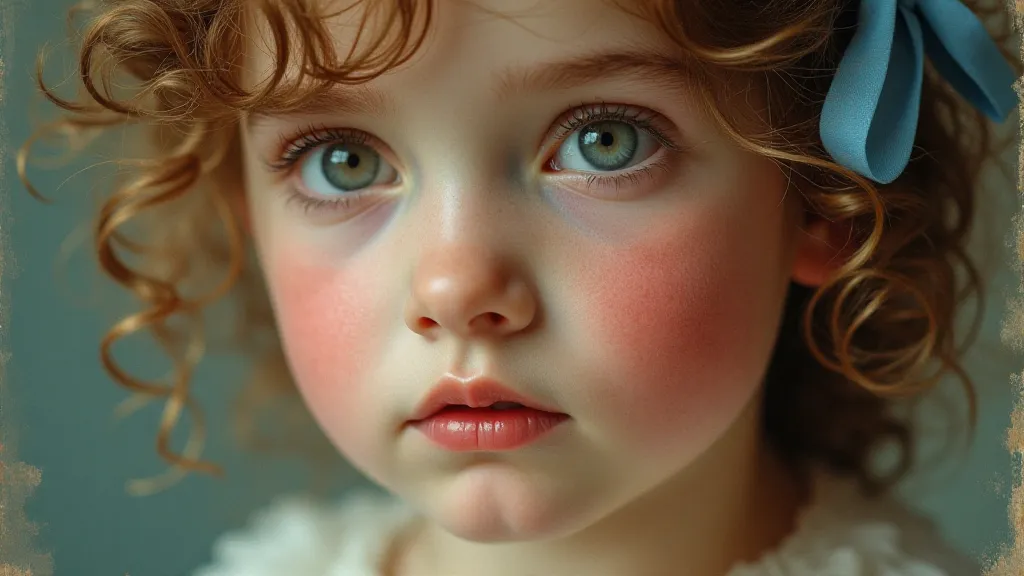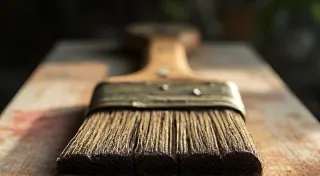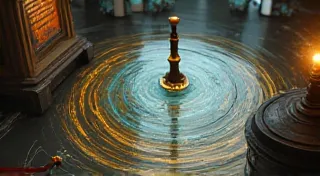Ephemeral Echoes: When Sepia Whispers of Crimson
The sepia tone – that rich, nostalgic hue that defines so much of our understanding of the Victorian era – holds a particular magic. It evokes a sense of distance, of stories faded by time, of lives lived under gaslight and shadowed by untold histories. Yet, imagine those same photographs, the faces peering out from the past, suddenly touched by the blush of a rose, the vibrant green of a meadow, or the deep blue of a cherished garment. This wasn't merely a playful aesthetic choice; it was a deliberate manipulation of perception, a quiet rebellion against the starkness of black and white, and the heart of Victorian photography tinting.
My own fascination began with a box of family photographs unearthed in my grandmother's attic. Most were the expected sepia-toned portraits, stiff and formal. But then I found one, a portrait of a young woman I’d never known, her lips painted a delicate rose, her shawl a startling shade of teal. The effect was disorienting, unexpected, and deeply moving. It wasn't simply a photograph; it was a ghost brought momentarily to vibrant life.
The Genesis of Color: Beyond Black and White
The Victorian era witnessed an explosion of photographic innovation. The daguerreotype, the calotype, the wet collodion process – each represented a significant leap forward in capturing the world through a lens. However, early photographic processes were inherently monochromatic. Color photography, as we understand it, was decades away. The initial response to this limitation wasn't simply acceptance, but a desire to approximate the vibrancy of reality. Early attempts involved complex chemical processes, layering multiple images to create a rudimentary color effect – a laborious and expensive undertaking accessible only to the most dedicated and wealthy photographers.
The true artistry, however, lay in hand-tinting. This technique, far more accessible than layered imagery, became immensely popular throughout the mid-to-late Victorian period. It wasn’t a matter of adding “true” color, but rather using transparent dyes and pigments applied directly to the photographic surface. Typically, this was done with delicate brushes and a practiced hand, often by specialized colorists working in photographic studios. Their skill lay not just in the application of color, but in understanding how to subtly manipulate the emotional impact of the image.
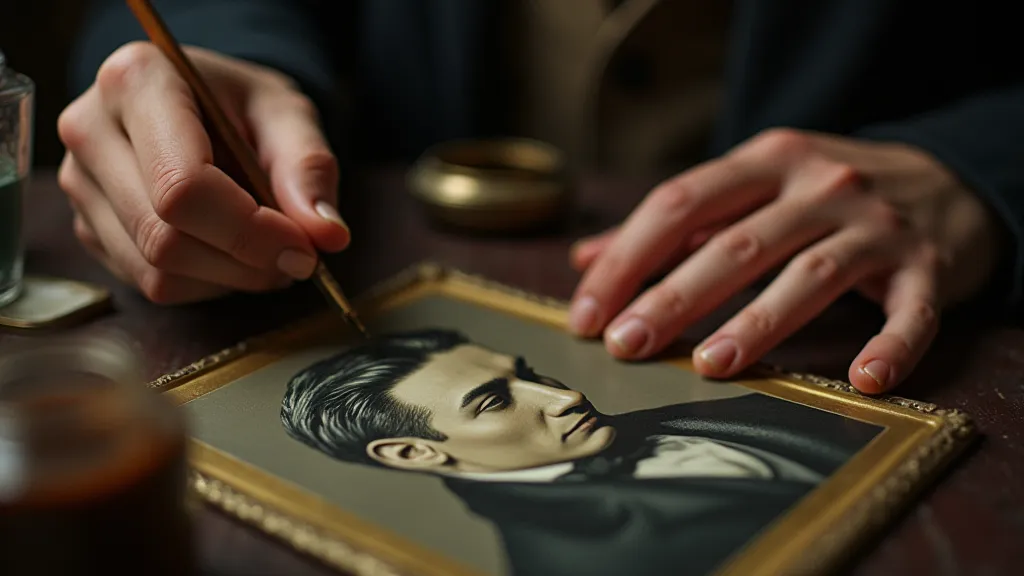
A Palette of Emotion: How Color Altered Perception
Consider the psychology at play. Black and white, by its very nature, leans towards abstraction. It’s a distillation of form and shadow, a visual poetry of light and dark. Color, conversely, grounds an image in the tangible. It anchors it to a specific time, place, and emotional context. Suddenly, a stern-faced patriarch isn’t just a symbol of authority; he's a man with rosy cheeks and a hint of warmth in his eyes. The somberness of a funeral procession is subtly undermined by the vibrant colors of the mourners' clothing.
The choice of colors themselves held symbolic weight. Crimson, often used for lips and cheeks, represented vitality and passion. Emerald green signaled prosperity and fertility. Sapphire blue evoked a sense of quiet dignity and melancholy. The colorist wasn’t simply adding pigments; they were adding nuance, personality, and a layer of narrative that was absent in the monochrome original. They were, in a way, completing the portrait, injecting it with a semblance of life.
Think about the social implications too. Color offered a degree of personalization previously unavailable. While formal portraits remained largely standardized, subtle variations in clothing color, lip shade, and even the slight blush of the cheeks allowed individuals to express a degree of personality and individuality within the constraints of Victorian societal norms. It was a form of silent self-expression, a whispered rebellion against the rigid formality of the era.
The Craft of the Colorist: A Lost Art
The process was deceptively simple in its description: apply transparent dyes to a photographic surface. However, the reality was far more complex. The colorist needed a keen eye for detail, a steady hand, and an understanding of chemical interactions. Different photographic processes responded differently to various dyes. Overapplication could lead to discoloration, bleeding, or an overall muddy appearance. The wet collodion process, incredibly popular during the mid-Victorian era, required exceptionally quick work, as the plate needed to be tinted before it dried. This meant a frantic race against time, a dance between the photographer, the colorist, and the expiring photographic emulsion.
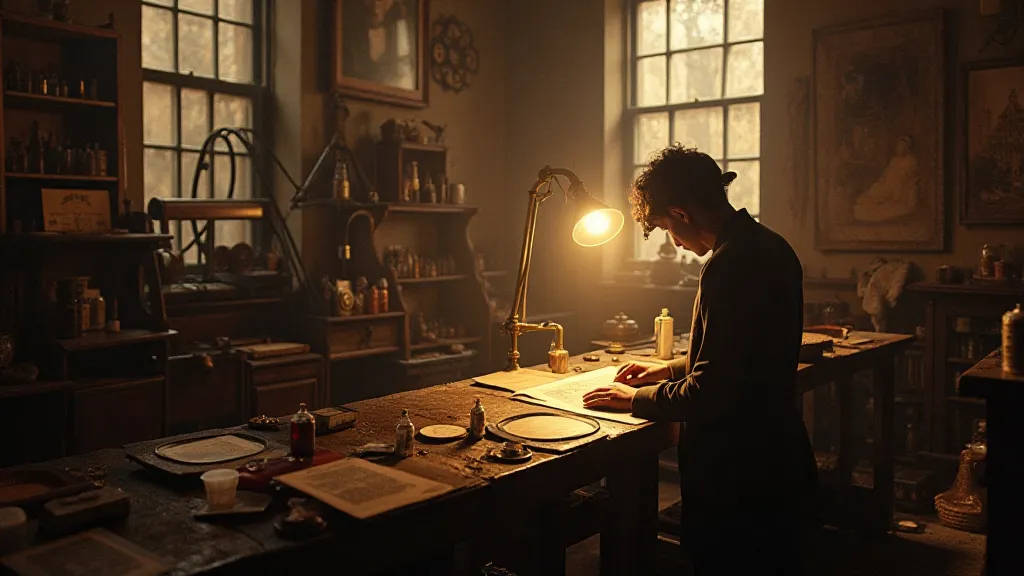
Today, the skills of the Victorian colorist are largely lost. While digital colorization exists, it lacks the subtle, nuanced quality of hand-tinting. Digital techniques can often appear flat and artificial, lacking the depth and character of the original process. The imperfections—the slight variations in color application, the faint streaks—are not flaws, but rather hallmarks of a handmade process, evidence of the human touch.
Collecting and Preservation: Echoes of the Past
Original hand-tinted photographs are increasingly sought after by collectors. They represent not just a beautiful image, but a tangible connection to a bygone era. When acquiring such photographs, it’s important to understand the nuances of the process. Look for subtle variations in color application, faint brushstrokes, and an overall sense of depth and character. Be wary of photographs that appear too perfect or artificial, as these may be modern reproductions.
Preservation is also crucial. Hand-tinted photographs are delicate and susceptible to damage. Keep them away from direct sunlight and extreme temperatures. Handle them with care, using archival-quality gloves. Proper storage and handling can help ensure that these ephemeral echoes of the past continue to whisper their stories for generations to come.
There's a quiet beauty in these faded whispers of crimson, a testament to the artistry and ingenuity of the Victorian era. They remind us that photography, even in its earliest forms, was never simply about capturing an image; it was about crafting a narrative, evoking an emotion, and preserving a moment in time—a moment now enriched by the subtle, enduring grace of color.
